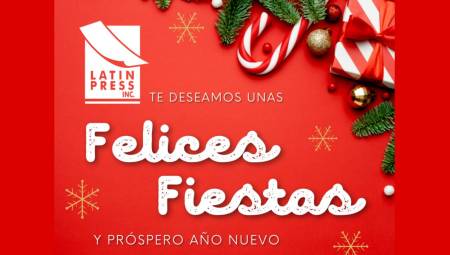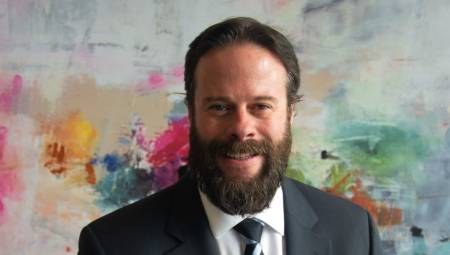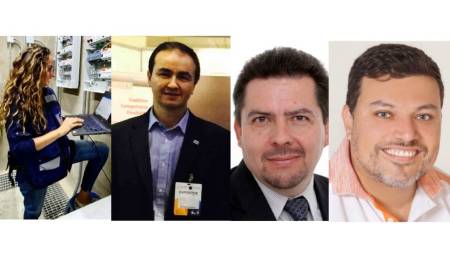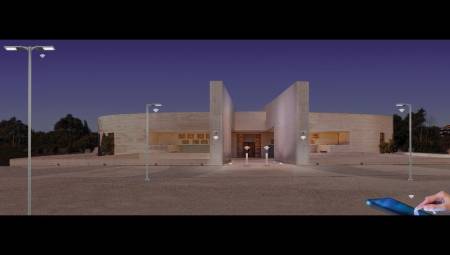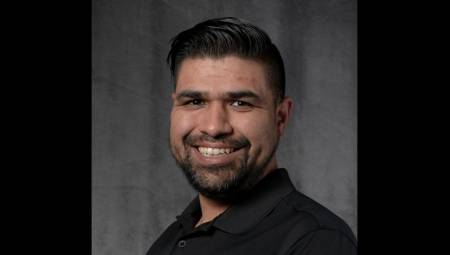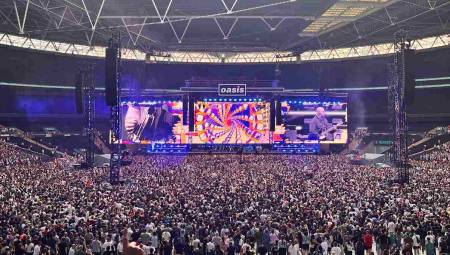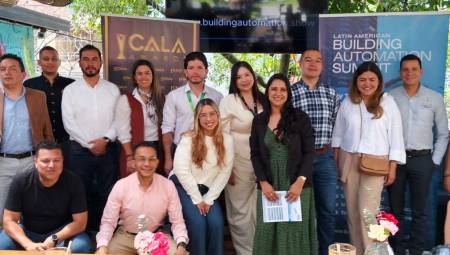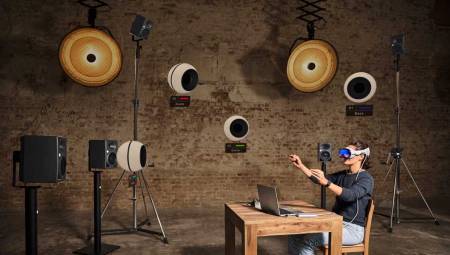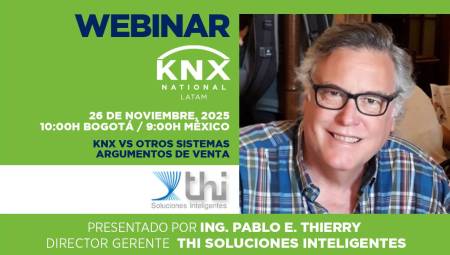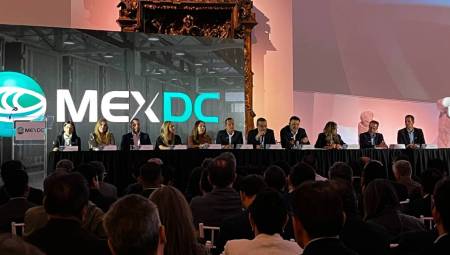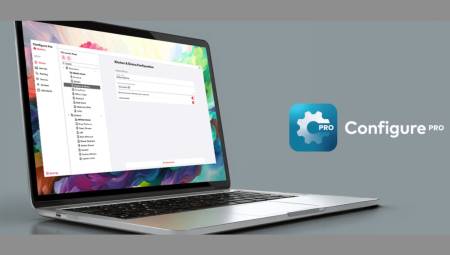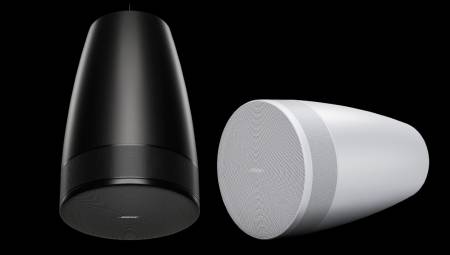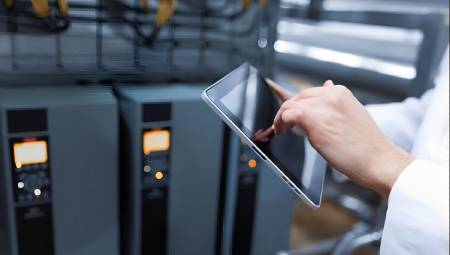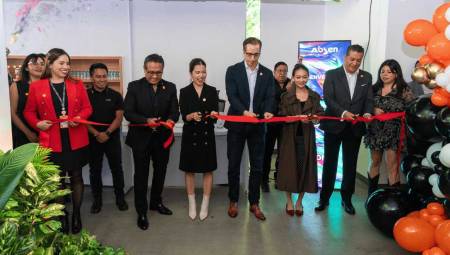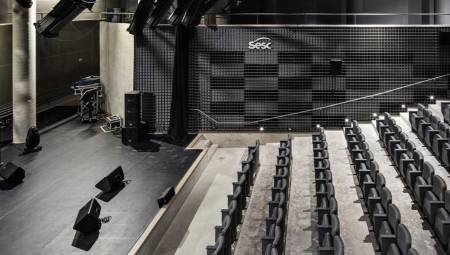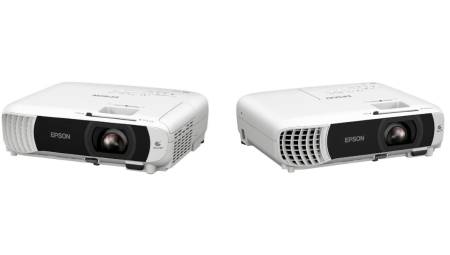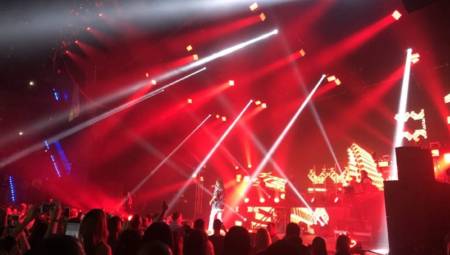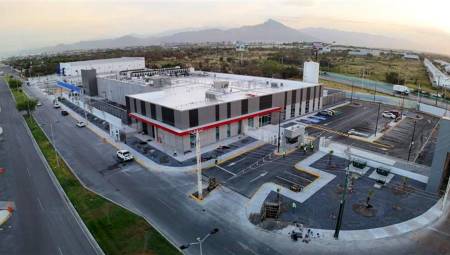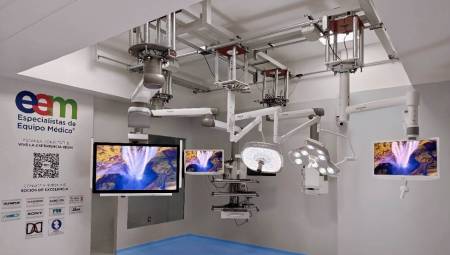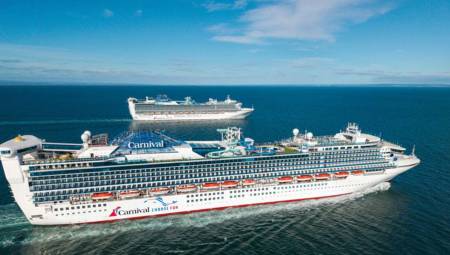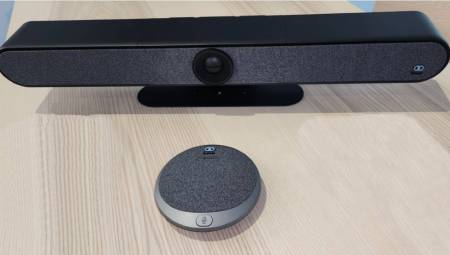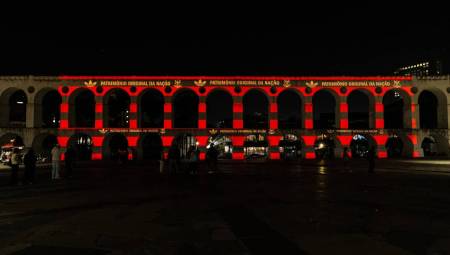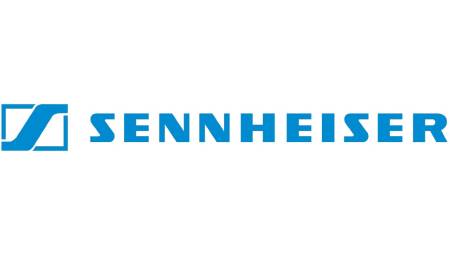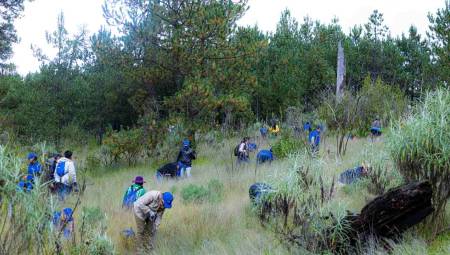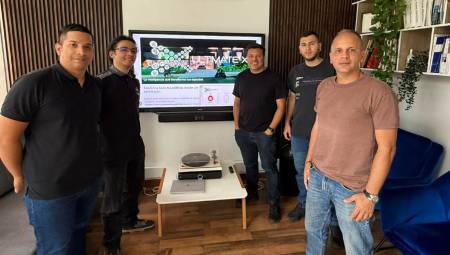Latin America. Data centers are physical structures, designed and built to store, process, and distribute data and information of individuals, businesses, governments, and nations through specific connections, services, and resources.
Its digital infrastructure allows almost any activity to be carried out (shopping, paying, communicating, ordering food, watching a movie, booking a trip, accessing a videoconference, requesting transportation and even playing online) with just a gesture on the screen of any device (smartphone, tablet, SmartTV, computer and even wearables).
Today, our ability to work, communicate, and entertain ourselves is increasingly dependent on the internet, and this in turn depends on data centers. In addition, with the accelerated innovation of AI-based systems for business analysis and decision-making, workloads in data centers represent a clear challenge in terms of energy efficiency and sustainability.
Data centers consume large amounts of energy to keep all computing and communications equipment running, as well as to cool it. As a result, much of this electrical consumption is wasted in the form of heat.
According to the International Energy Agency, globally, it is estimated that data centers consume approximately 90 billion kWh per year, which represents between 1% and 3% of global electricity consumption. This is driven by the growing demand for cloud services, data storage, and information processing.
Therefore, it can be said that a large part of a data center's carbon footprint is directly related to its energy consumption. As such, it's crucial to harness energy resources to make data centers more sustainable. Decarbonisation strategies, through alternative sources of generation and smart energy distribution, are essential to achieve this goal.
Siemens offers a portfolio of energy efficiency solutions that includes renewables, green hydrogen, heat pumps, power transmission solutions, and batteries for storage.
However, in an era where AI is dominating the technological realm, it is necessary to ask ourselves: what can it do for the sustainability of data centers? The answer is simple: refrigerate them efficiently. As the demand for data increases, so does the need to better manage cooling conditions. Traditionally, data centers have an oversized physical infrastructure to support the IT load, ensuring they can support current and future demand, making cooling a monumental challenge.
With Siemens White Space Cooling Optimization (WSCO), the data center eliminates the need to manually maintain the optimal, cool, and consistent temperatures needed to safely house equipment. Its benefits go beyond temperature control, including optimizing energy use and staff time to better manage resources.
WSCO collects temperature and air supply data. Its artificial intelligence engine applies this data to algorithms and calculates the necessary adjustments in the airflow to maintain the correct temperature in each aisle. It also reduces energy waste by dynamically adapting cooling to the IT load in real-time, responding to temperature changes and eliminating overcooling. At the same time, it provides the management team with critical data that supports future operational decisions.
In 2014, Siemens Smart Infrastructure was approached by a global financial company to implement a comprehensive thermal optimization strategy in its data center. The company implemented Demand Flow to reduce the total number of chillers needed to support the load and was able to use the existing plate and frame heat exchanger for longer.
Subsequently, with WSCO, the data center reduced the need to use 72 Computer Room Air Handling Units (CRAHs) to 35, achieving a 71% decrease in kW/h, from 241.7 kW to 69.1 kW, generating considerable savings in consumption and operating costs.
It is undeniable that today data centers play a vital role in meeting the demand for high value-added services, availability, processing and storage of digital data on a large scale. They are practically the heart of digital economies, safeguarding and enabling access to data at all times. The more sustainable they are, the greater the growth and comprehensive economic development of companies, governments and society in general.
Text written by Marco Cosío, VP of Smart Infrastructure at Siemens Mexico, Central America and the Caribbean.




